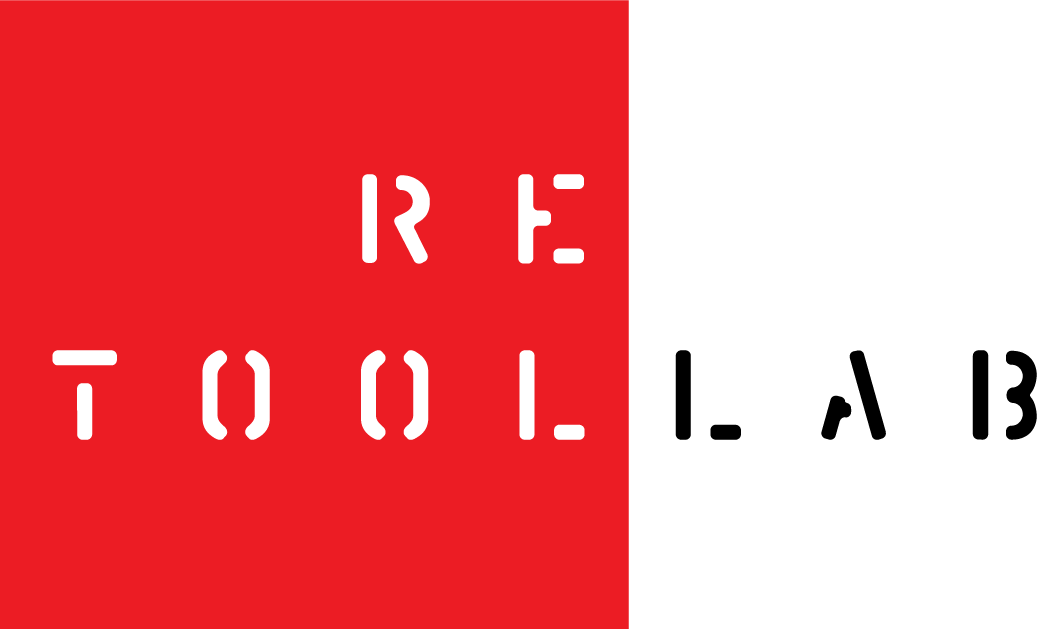Think fundraising is hard? Try communicating.
For anyone in a leadership position in the non-profit or charitable space, The Giving Report 2020 published by canadahelps.org is required reading. It’s a data-driven report that shines a light on the sector and identifies the giving trends of Canadians. The conclusions are sobering for organizations that rely on donations to fuel their mission.
On the whole, Canadians are generous, giving over $14 billion each year to registered charities. However, using data compiled from Statistics Canada, the report shows that fewer Canadians are donating each year. Donation rates fell from 26% of tax filing individuals in 2006 to 20% in 2016, the most recent period for which data is available. As well, average donation amounts for adult Canadians declined from $373 per adult to $360 over the same period. These are troubling trends, leading Marina Glogovac, President and CEO of CanadaHelps to write: “the giving patterns we’re seeing are leading towards a crisis in the sector”.
To make matters worse, according to Charity Intelligence Canada, the COVID-19 pandemic and the economic shutdown have led to Canadians giving 37% less to charities, just when some are seeing a skyrocketing demand for their services.
Competition for donations among charities has only increased. Today there are no fewer than 87,000 charitable organizations registered in Canada. The more established charities are receiving the lion’s share of donations: 80% of registered charities receive less than $500,000 in annual revenue and 75% of all donations go to support the “big four” causes: religion, health, social services, and international organizations.
It would be unfortunate if smaller charities and boards use these as excuses if they are falling short of their own fundraising objectives. Fundraising is hard, donations are down, and the largest groups are taking a bigger piece of the pie. It will require imagination and vision, but answers may be hiding in plain sight.
The sector’s fundraising challenge is actually a communication challenge.
Organizations are in charge of how they present themselves to current and prospective donors. If they aren’t talking about their mission, why should anybody else? Clear and concise communication is critical to attracting new followers, but it is equally important to stay connected with current supporters, keeping them and their dollars close. Organizations that take current donors for granted do so at their own risk, forgetting that there are 87,000 other options.
Much has been written about how effective storytelling can deepen relationships with supporters. Stories help build connections with audiences. More meaningful connections should be the objective, enhancing organizations' ability to achieve their goals. But how much time and effort is given to building robust communication and storytelling infrastructures inside small- to medium-size charitable organizations? How many writers and documentary filmmakers are engaged or invited to join the Board of Directors to provide insight and counsel?
Nick Chambers is a partner with executive recruiting firm Boydens. He works with social impact organizations who understand that, in his words, “the landscape is inherently competitive” and helps them build robust and diversified leadership teams. “Boards are genuinely wrestling with recruitment... how to find people who behave and think differently. Some boards are now putting term limits in place to encourage diversity”. But the big question remains: are they doing it fast enough?
You need to forge connections with your audience.
It seems obvious. The more connected your audience, the more likely you will stay relevant to them over a longer period of time. This is what some established organizations realize. They have invested significantly in building and stewarding their brands, making sure that their marketing, branding, and fundraising initiatives are aligned.
Stories don’t have to be finely scripted, polished pieces. Consider Covenant House, which has done an excellent job of using experiences to connect people to their cause. Each year their “Sleep Outs” campaign raises money and awareness in support of their work serving youth who are homeless, trafficked, or at risk. But perhaps most importantly, the immersive experience of volunteers spending a single night on the street transforms participants into storytellers in support of the Covenant House mission. They know that “Sleep Outs” participants will share their experience about a night living on the street inside their network. These experiences become testimonials, in support of Covent House and its mission. Covenant House isn’t the author of these stories, but they create the environment for the stories to emerge.
Replacing old ideas with new ones is difficult. Fortunately, for those brave enough to make the effort, engaging audiences is easier today than it ever has been. Technology and social media have created distribution channels for compelling, original content. Feedback is instant--you’ll know what is working and what isn’t in real time. Start by looking on the inside. What makes you special? Why should others care? How can you reach them? Is it a blog post or a TikTok video? Is it a documentary film or a series of three-minute videos?
It’s your story. Decide how you want it told.
Craig Swistun is an Associate Portfolio Manager with Raymond James Investment Counsel. The opinions expressed are those of Craig Swistun and not necessarily those of Raymond James Investment Counsel (RJIC) which is a subsidiary of Raymond James Ltd. Statistics and factual data and other information presented are from sources believed to be reliable but their accuracy cannot be guaranteed.


